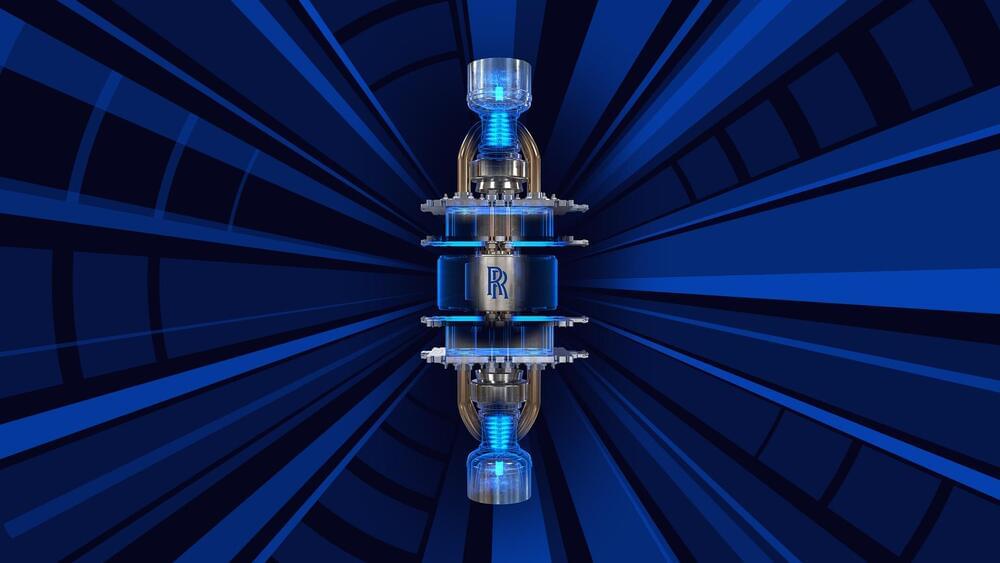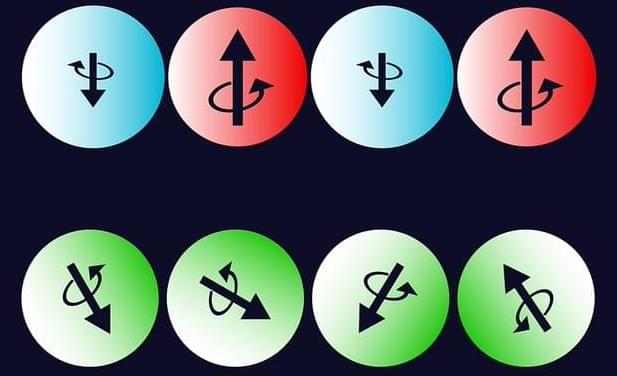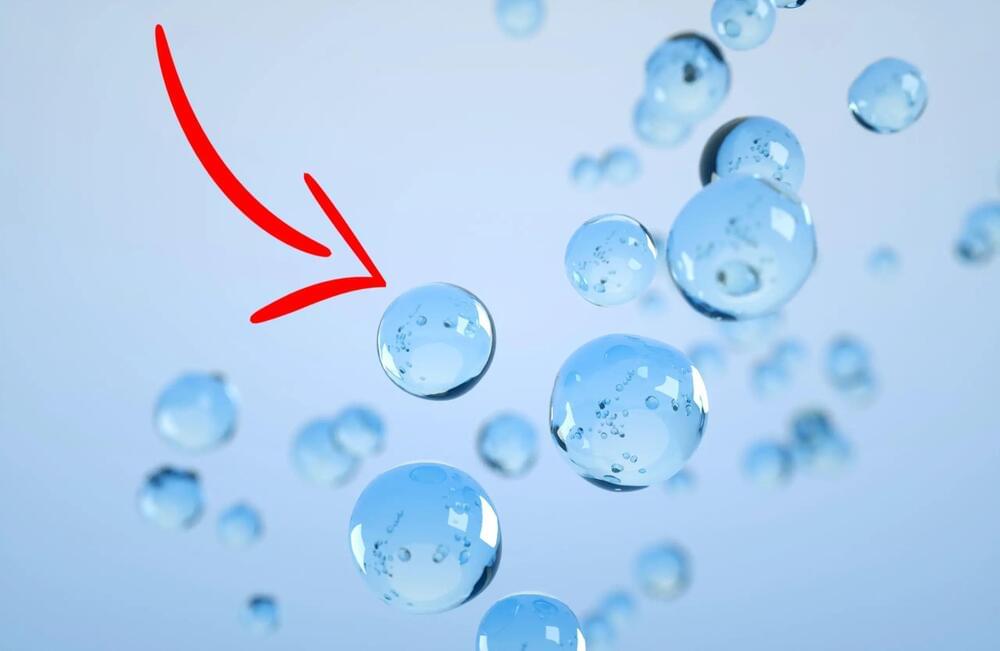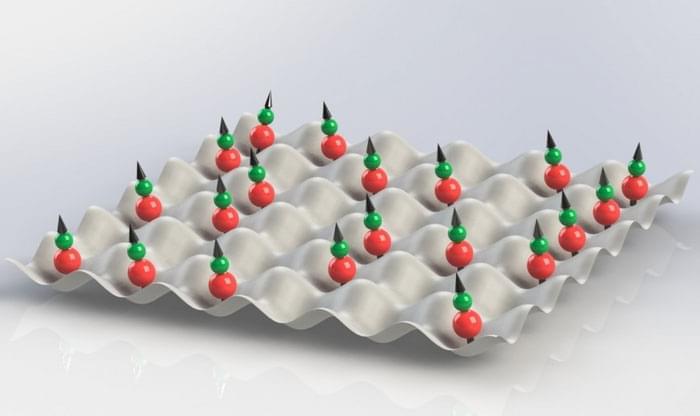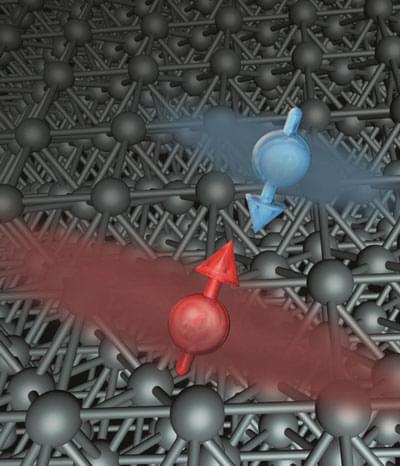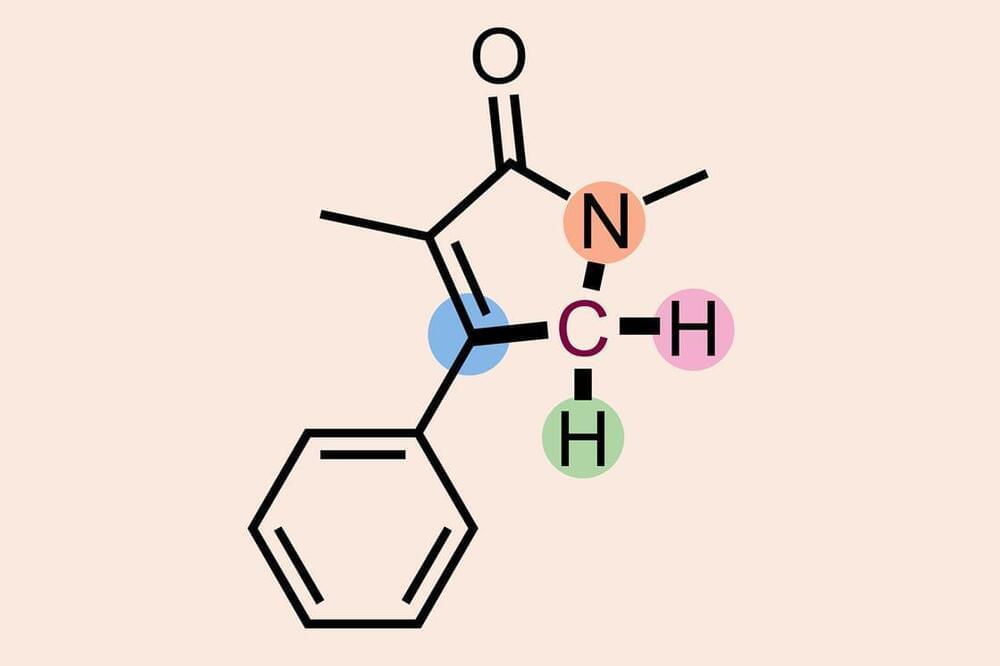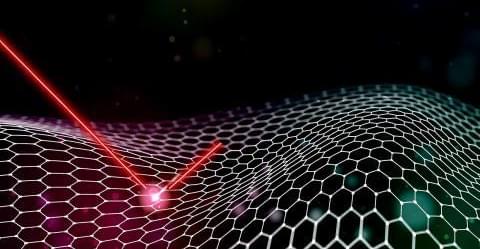Experts assembling sPHENIX, a state-of-the-art particle detector at the U.S. Department of Energy’s Brookhaven National Laboratory, successfully installed a major tracking component on Jan. 19. The Time Projection Chamber, or TPC, is one of the final pieces to move into place before sPHENIX begins tracking particle smash-ups at the Relativistic Heavy Ion Collider (RHIC) this spring.
The TPC is a gas-filled detector that, combined with the detector’s strong magnetic field, allows nuclear physicists to measure the momentum of charged particles streaming from RHIC collisions. It is one of many detector components that nuclear physicists will use to glean more information about the quark-gluon plasma (QGP)—a primordial soup made up of matter’s fundamental building blocks, quarks and gluons.
“QGP existed at the dawn of the universe some 14 billion years ago, about a millionth of a second after the Big Bang,” said Thomas Hemmick, a physicist at Stony Brook University (SBU) and a collaborator on RHIC research “RHIC’s collisions and sPHENIX’s ability to capture snapshots of particles traversing the QGP will help scientists understand how quarks and gluons cooled and coalesced to form the protons and neutrons that make up the atomic nuclei of all visible matter in the universe today.”

